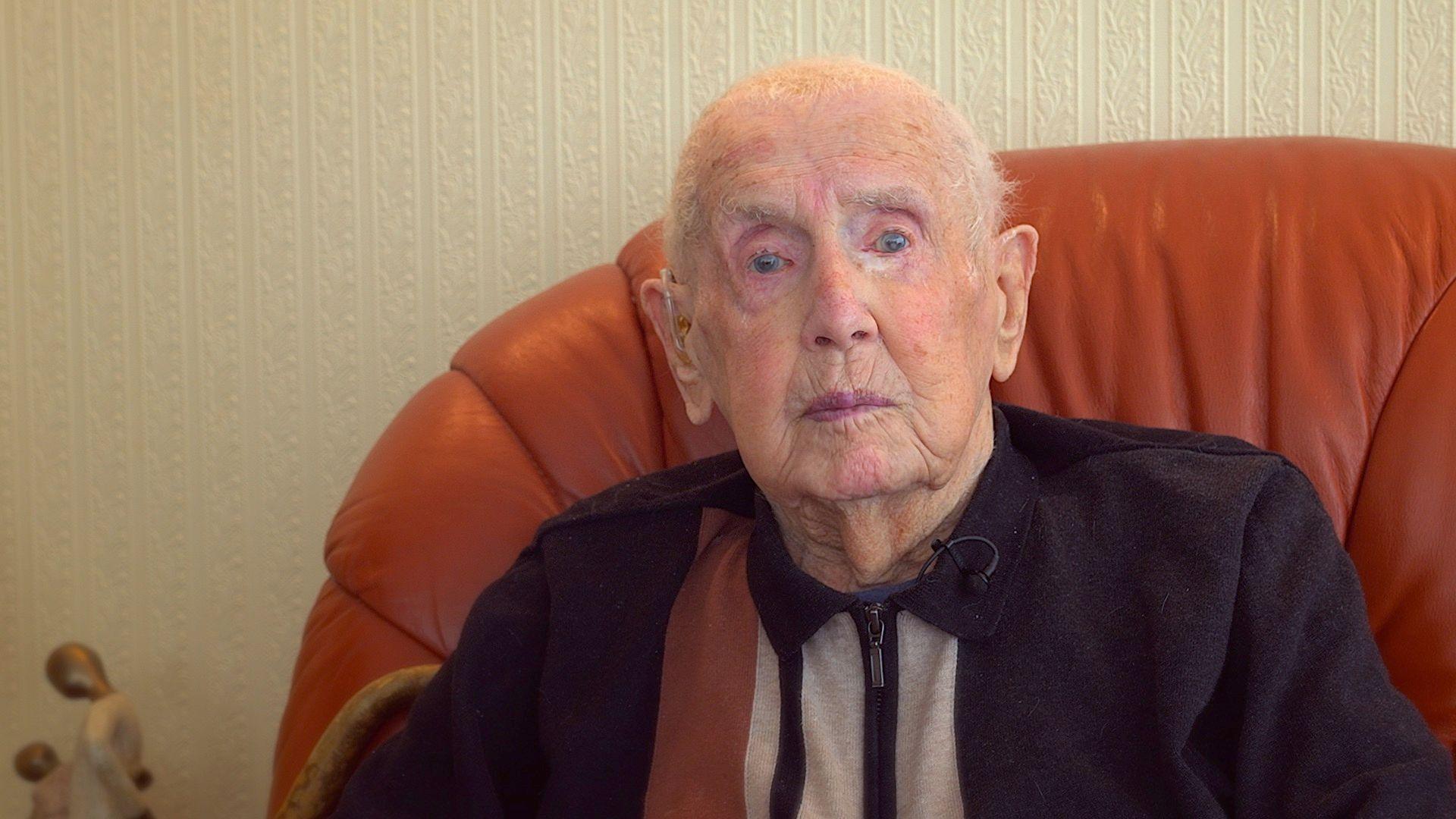The 'forgotten veteran' of WW2 hiding in plain sight
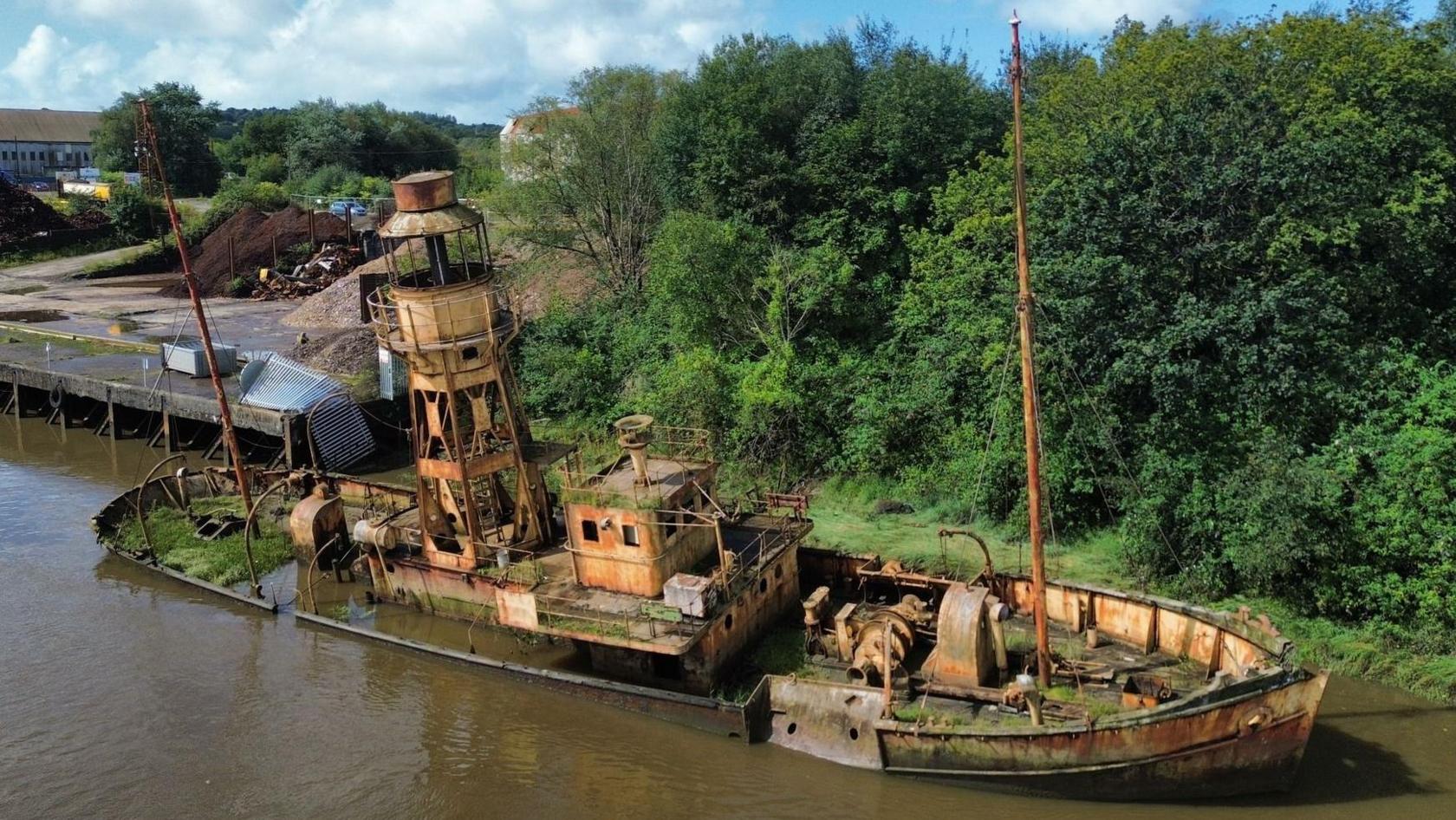
LV72 Juno was bought by a Swansea-based steel supply company in 1972, and moored at Neath Abbey Wharf
- Published
Tucked away in a secluded industrial quayside in south Wales, a "forgotten veteran" of World War Two is hiding in plain sight.
If you peer across to the River Neath from the M4 at Llandarcy, you might spot LV72 Juno.
Though she is now rusty and leaning to one side, in her heyday Juno was a lightship - a ship which acts as a lighthouse - which guided Allied troops and equipment to makeshift harbours in France in the crucial days that followed D-Day.
Amateur historian Lyndon Pritchard said as a child he would pass the ship, moored at Neath Abbey Wharf, and never paid it much attention.
But now, aged 57, Mr Pritchard is a lightvessel enthusiast who has dedicated many hours to researching the ship's important wartime role.
What was D-Day?
By 1944, Nazi Germany had invaded and conquered much of Europe.
After five years of war, a plan was created for an attack to help push the German army back.
On 6 June, Allied troops landed on the beaches of Normandy, in what was the biggest sea invasion in history.
It marked the beginning of the Battle of Normandy, which went on for a further 12 weeks, and proved to be a key turning point in helping the Allied forces defeat Nazi Germany.
Records show that LV72 Juno was towed over to France nearly two weeks in to the Battle of Normandy, to "mark the limits of a safe passage" for the various ships and craft carrying men, equipment and supplies en route to the invasion beaches and makeshift harbours.
What is D-Day and why is it important?
- Published7 August 2023
Three Welsh veterans tell their D-Day stories
- Published6 June 2024
Hospitals unearth rare artefact
- Published30 August 2015
Mr Pritchard said LV72 Juno's role "was really important".
"Ordinarily, a lightship would mark either rocks underneath it, or sandbanks - they'd put it where you can't have a lighthouse," he said.
"Sometimes they would use lightships to mark where a ship has sunk, because they don't want other ships to run into it."
Mr Pritchard said records from the lighthouse authority, Trinity House, showed Juno did return to "normal service" post-war.
"She got modernised and went from the wooden mast with a light on top of it to a metal tower."
He said she was later brought to the English and Welsh Grounds, a lightvessel station on the Bristol Channel, before being taken to Swansea docks on her retirement.
"So her Welsh connection is quite long."
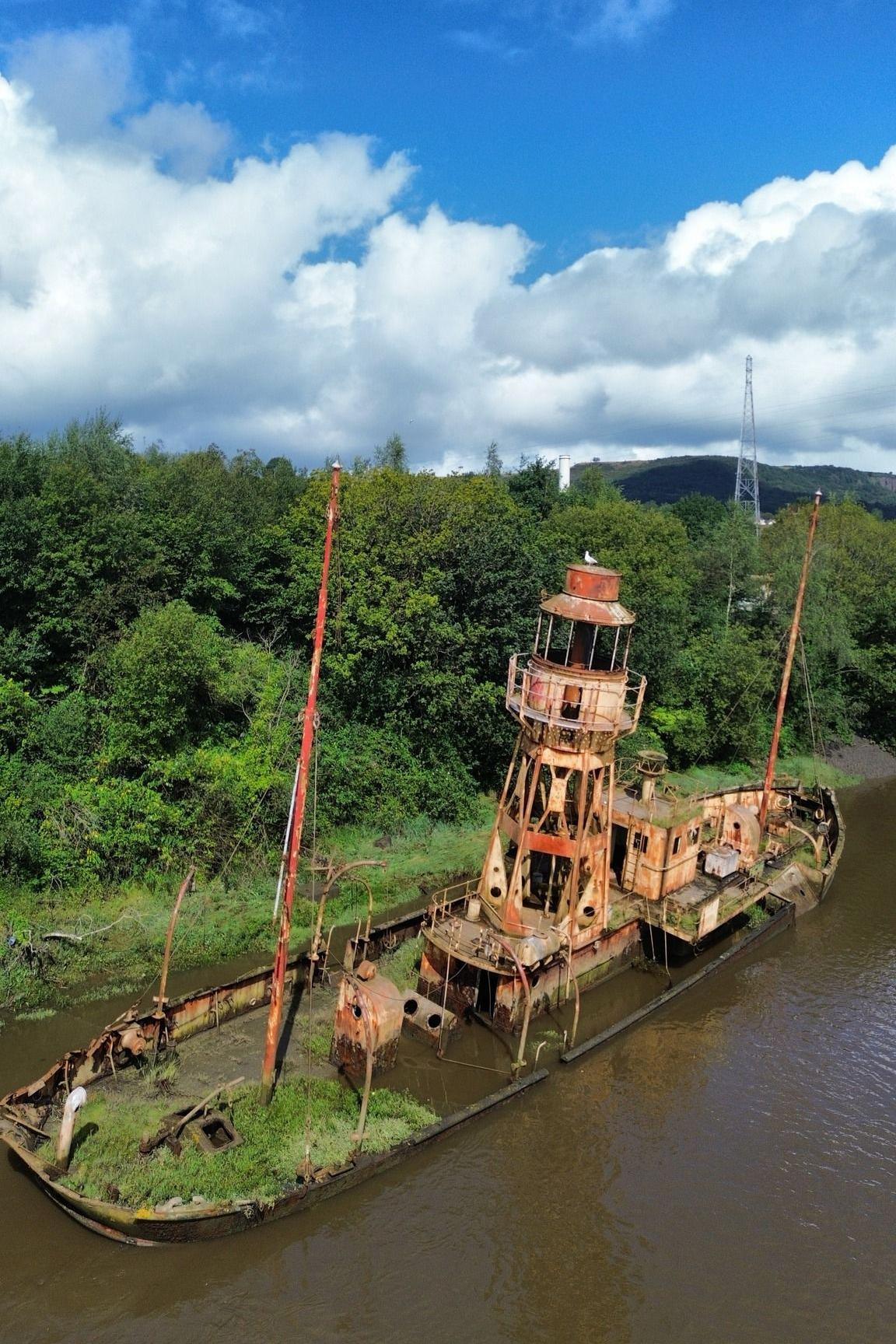
More than 1,500 have joined a Facebook group to share photos and discuss the history of LV72 Juno
When Trinity House was doing upgrades, the lightvessels became "obsolete" and the organisation confirmed the ship was sold off in 1973 to a Swansea-based steel supply company, originally for scrap.
But Mr Pritchard said the owner decided not to scrap Juno due to her wealth of history, and instead housed her at Neath Abbey Wharf where she has sat for more than 50 years.
Mr Pritchard has spoken to various war museums, as well as individuals known to invest in restoring WW2 ships. He even runs a Facebook group dedicated to the ship, which has more than 1,500 members.
He said the lightvessel had appeared on a number of TV programmes and in various articles over the years, but he believed there were an array of barriers to it being restored.
"If she had been there [on D-Day itself], then she possibly may have had more interest in being saved," he said.
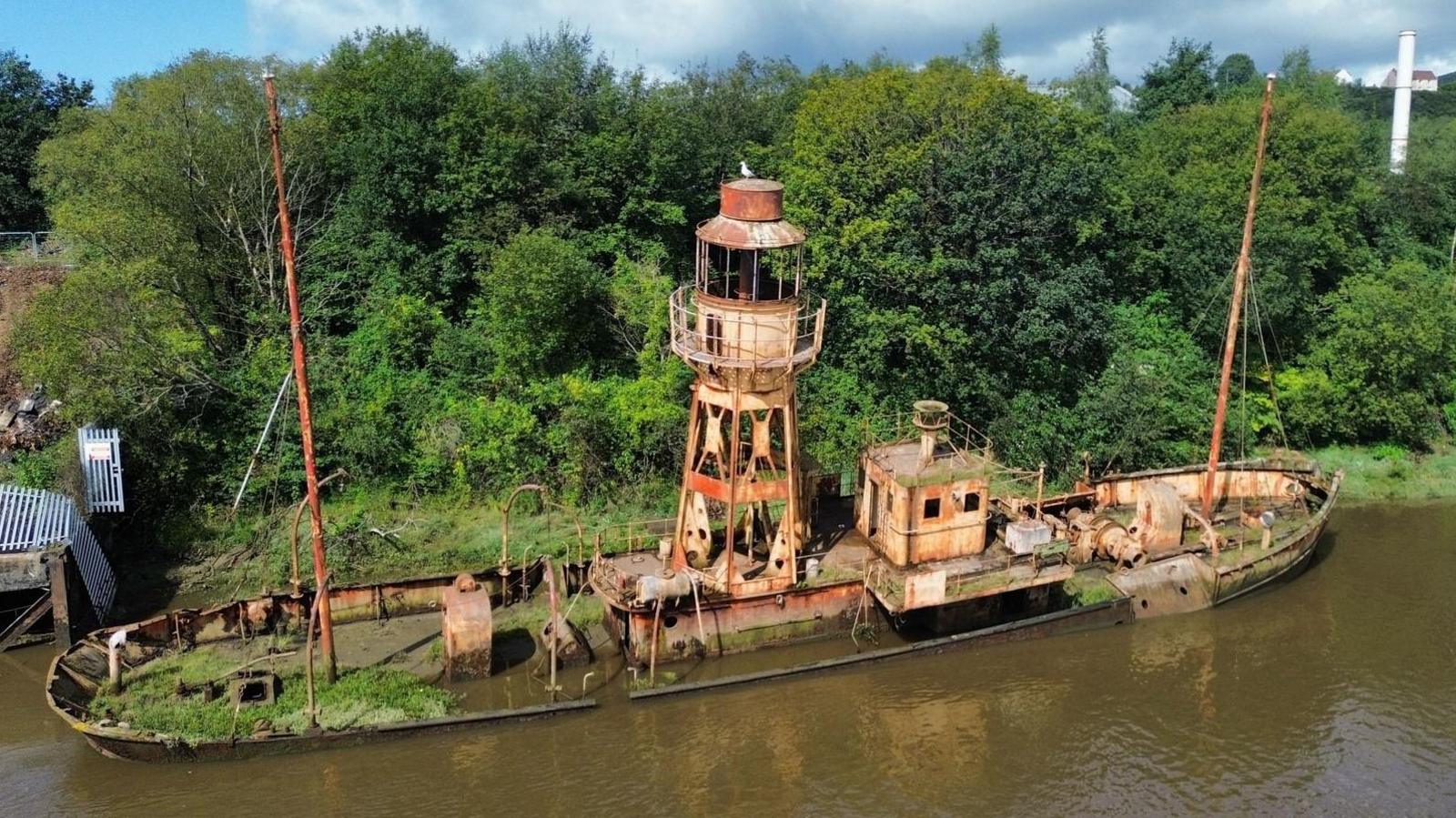
Juno would cost millions of pounds to fully restore, Mr Pritchard says
"I've spoken to other people who have saved other ships, and you're talking millions [of pounds]," he added.
He said LV72's "biggest problem", because she was towed everywhere, was that she could not be used to take people out on trips, unlike the Medway Queen or the MV Balmoral.
"Those ships can cruise," he said.
"It doesn't make a lot of money, but you can cover your ongoing costs.
"If [Juno] did get saved, what do you actually use her for? Because inside, she's very small, like a terraced house."
He said Juno's condition was "getting worse", but said there was still a long time before she would be at risk of collapse.
"As sad as it is seeing LV72 deteriorating over the last few decades, she's still hanging on," he said.
LV72 Juno's owners have been contacted for comment.
Related topics
- Published6 June 2019

- Published10 November 2024
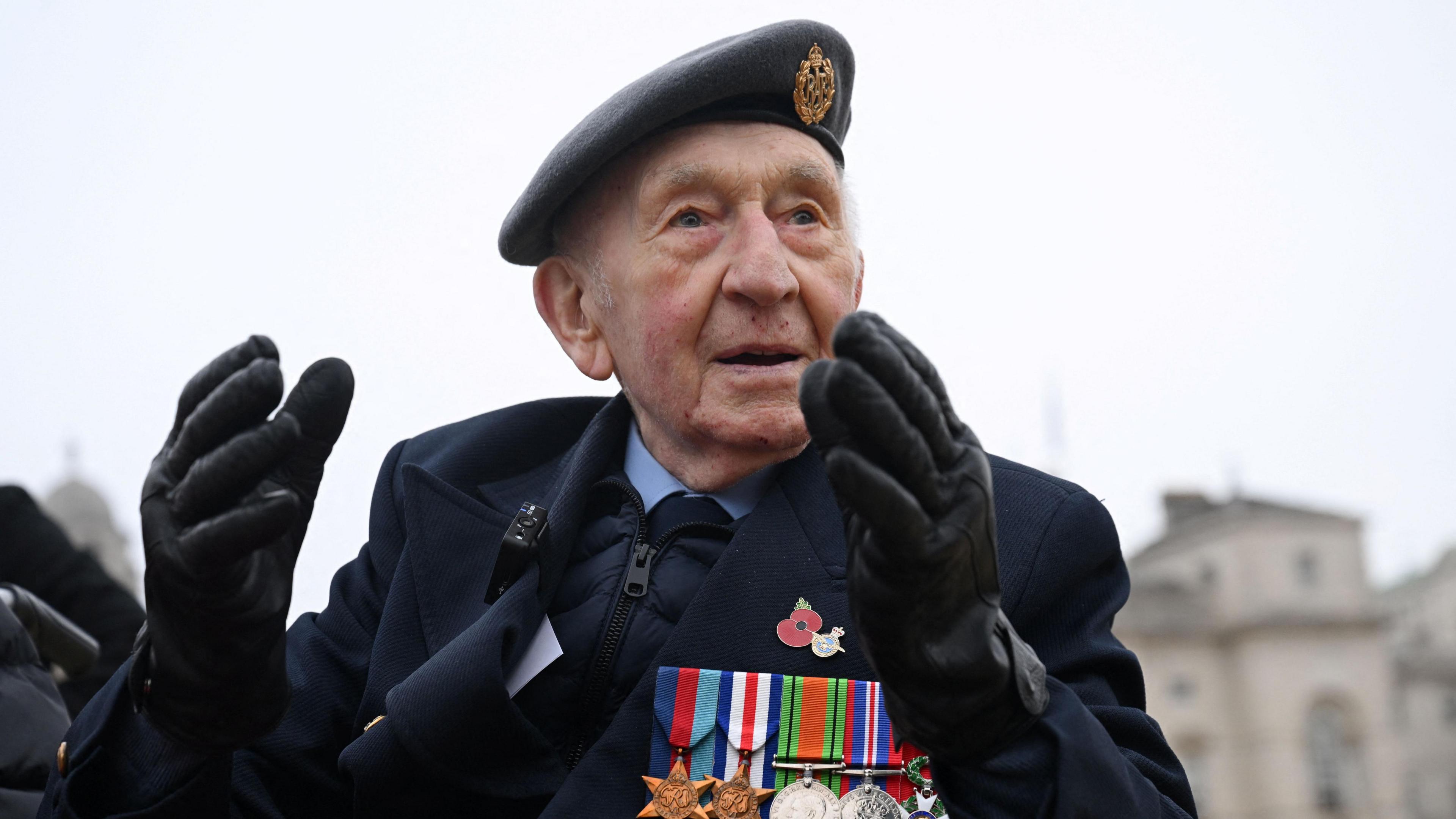
- Published6 June 2024
